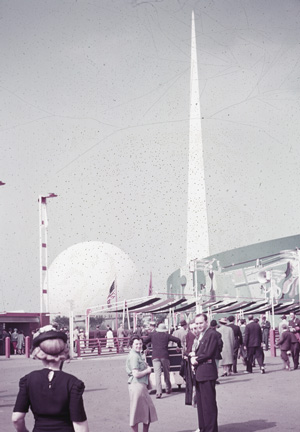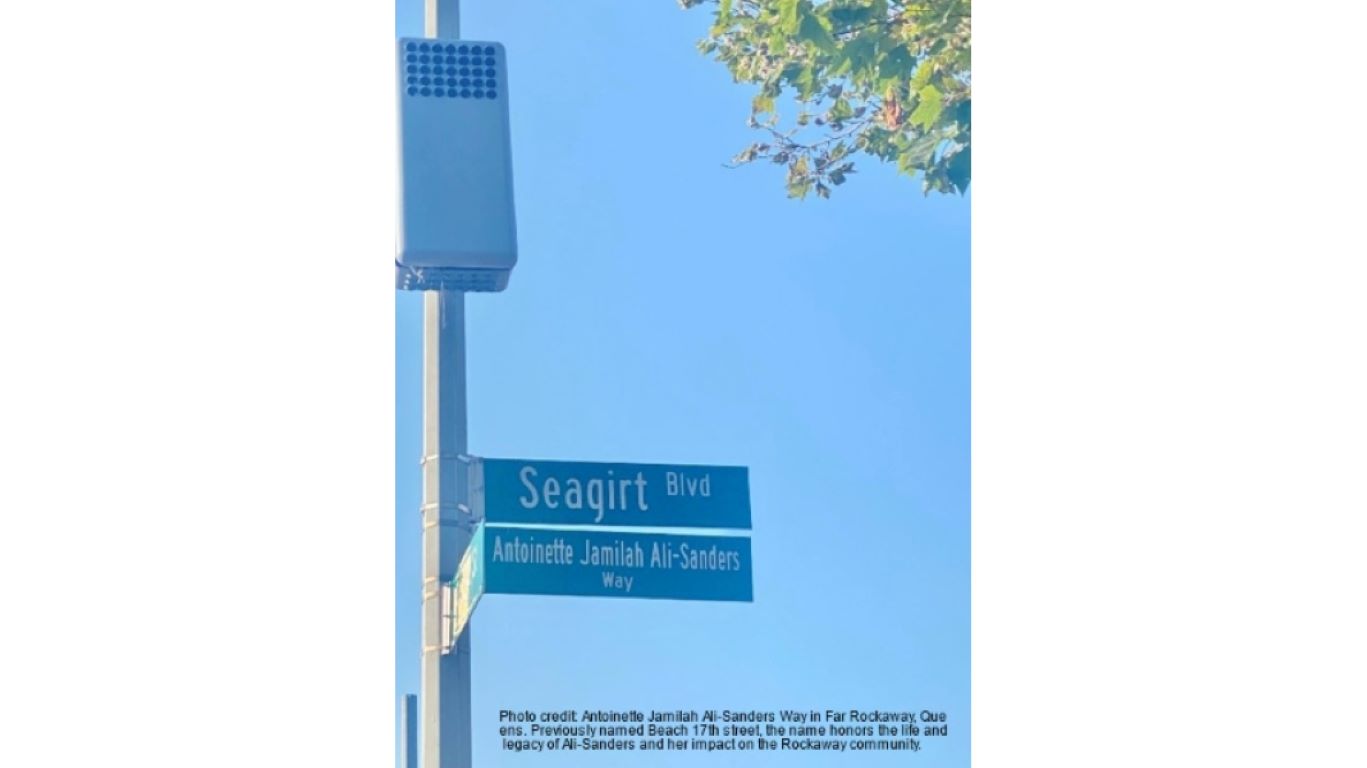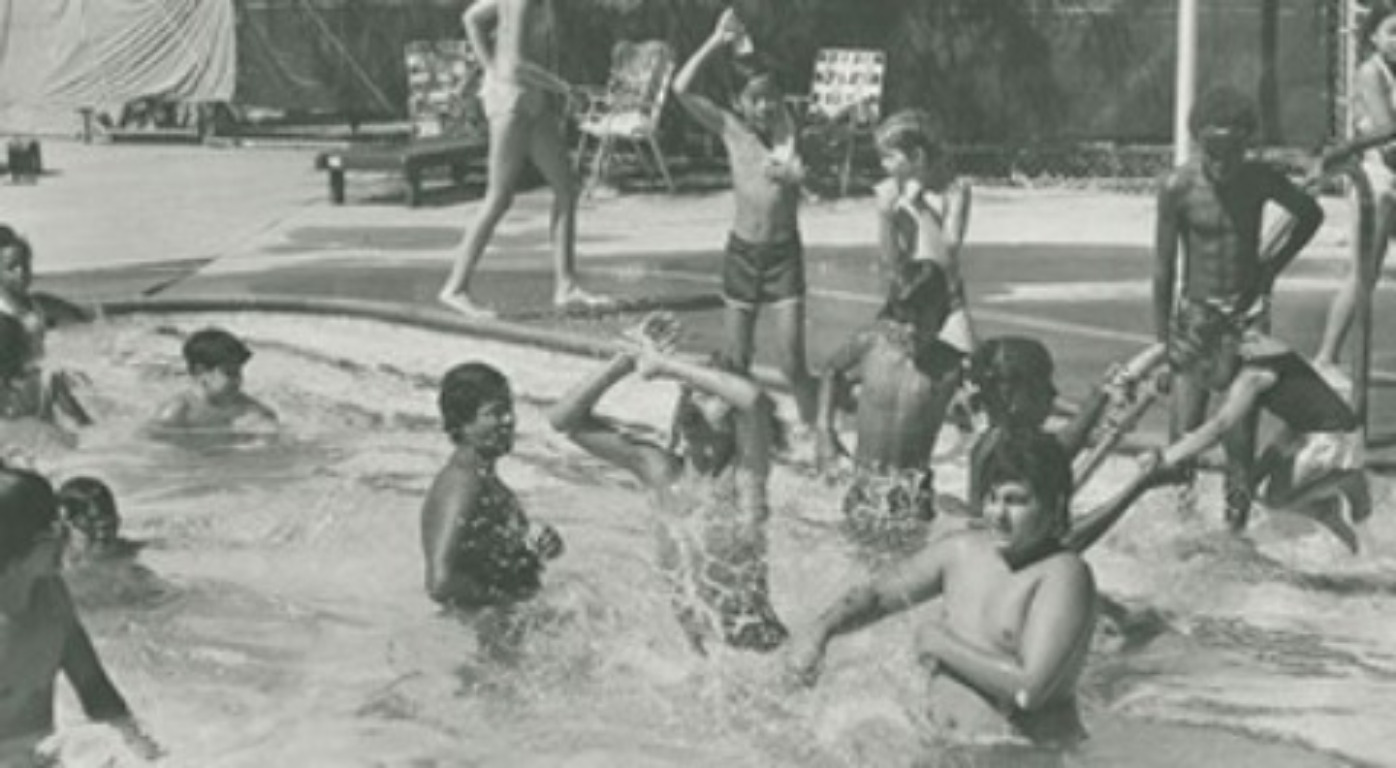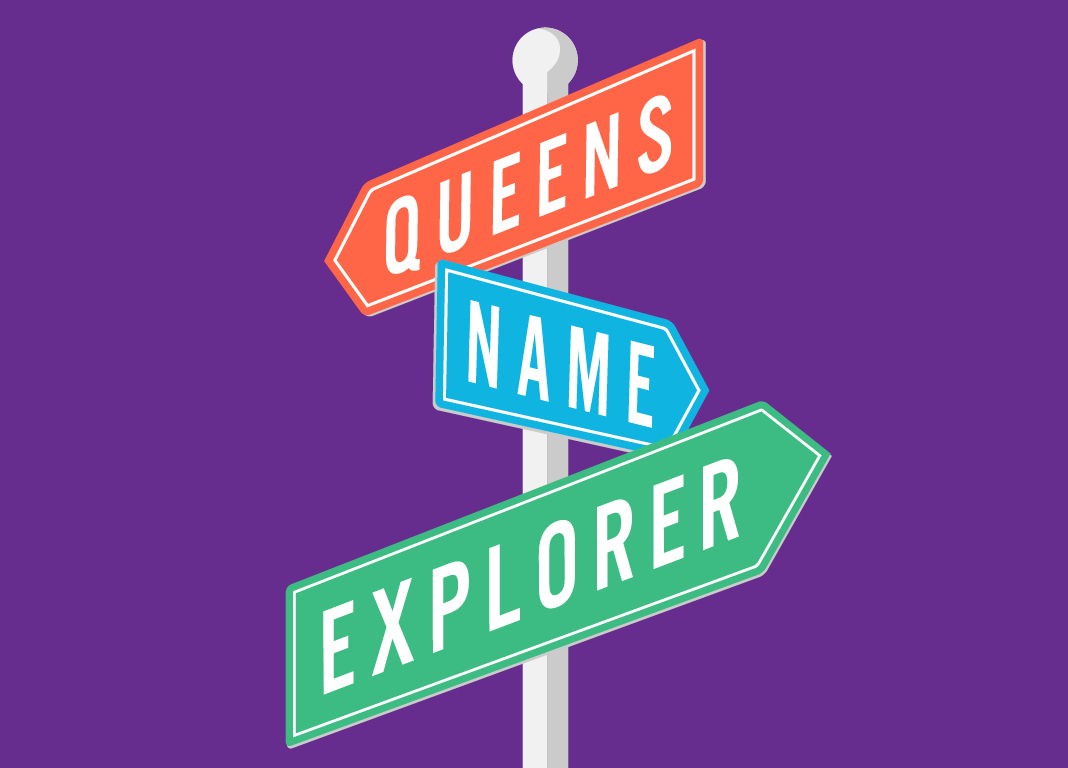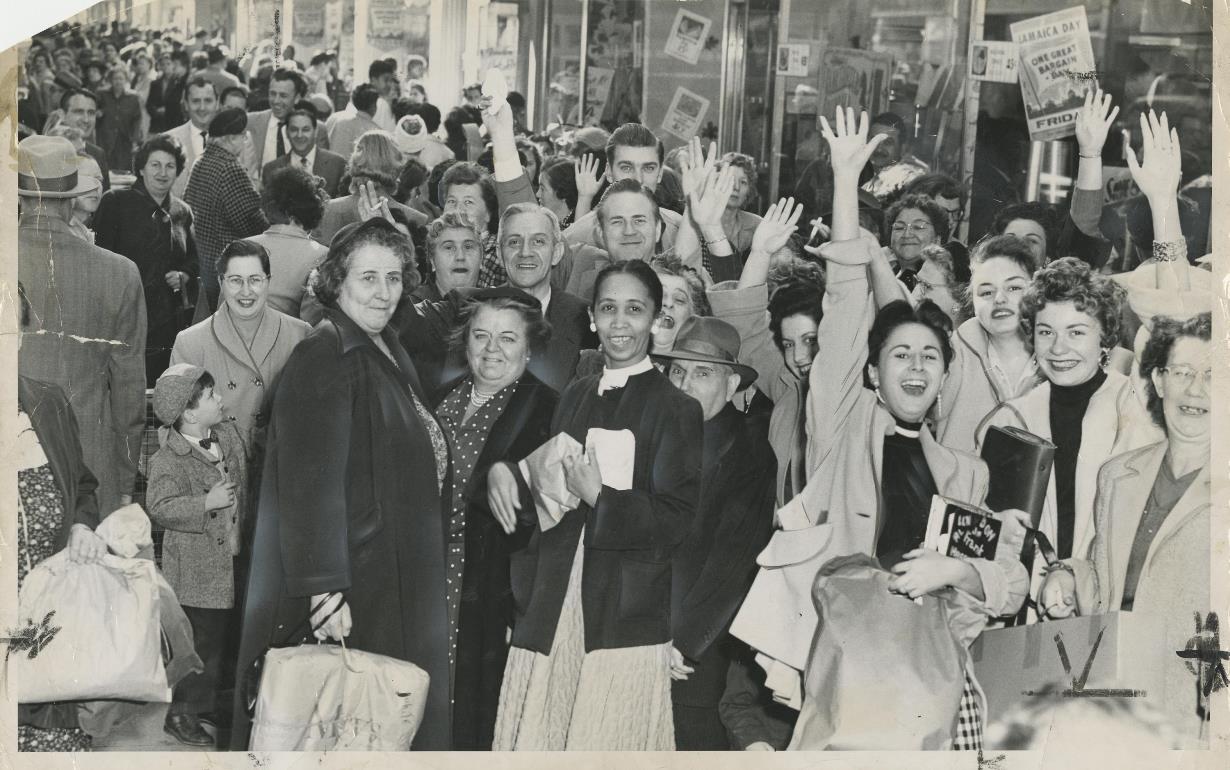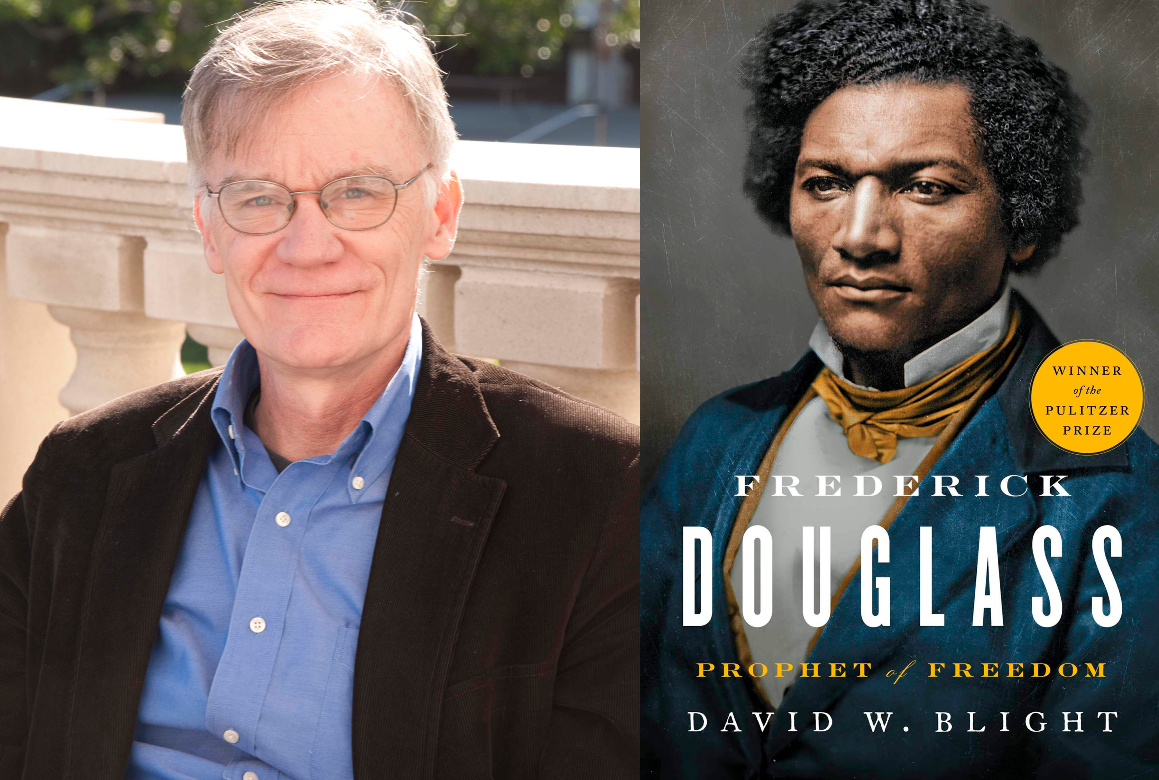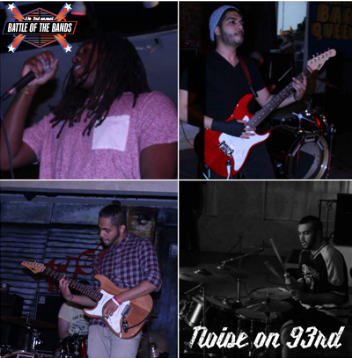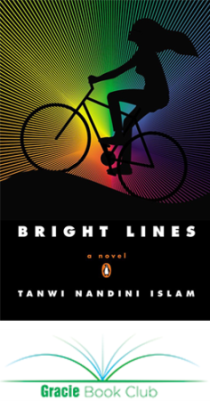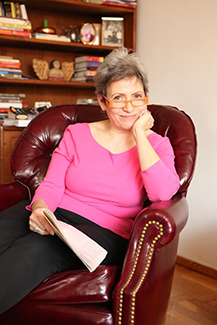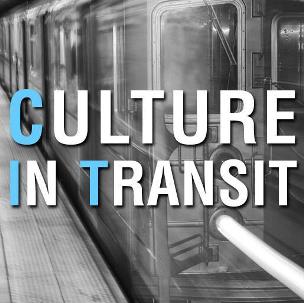Our borough is the source of countless stories, some recorded and ready to be discovered—in the Queens Library collection, in the Archives at Queens Library, and on the Queens Memory Project website, a collaboration between Queens College and the Archives at Queens Library—and some yet untold, waiting only for you to become the one who documents them. And on Wednesday, September 19, you’ll have the opportunity to work alongside the director of Queens Memory Project, Natalie Milbrodt, during a free introductory oral history workshop being offered at Queens Library at Central. Below, we’ve highlighted other ways you can discover and share the stories of Queens.
Capture the untold stories of Queens: On Wednesday, September 19, from 4-6:30pm, join Milbrodt for an introductory workshop for people of all ages interested in documenting communities, be they defined by geography, religion, ethnicity, school, profession, or lifestyle. Learn about—and put into practice—the key concepts of recording oral history. Refreshments will be served following the program. Preregister online or over the phone (718-990-0837).
Visit the Archives at Queens Library: This year marks 100 years of the Archives at Queens Library. Since 1912, we have collected, preserved, and made available items—including 36,000 books and volumes of serials, approximately 2,500 cubic feet of manuscripts, 4,500 maps and broadsides, 105,000 photographs, 422 feet of vertical files, and 9,000 reels of microfilm— that tell the story of the four counties on Long Island: Kings (Brooklyn), Queens, Nassau, and Suffolk. For more information, check out our digital guide to the history of the Archives and the mini exhibit of our archives.
Browse the Queens Memory Project website: The website pairs the oral histories, photos, and other personal records from Queens residents with materials from the archives of Queens College and Queens Library. You can browse the collection by time period, people and places of import, and more. World’s Fair buffs will find plenty of archival images and historic ephemera to enjoy.
Of the project, Milbrodt says one of her favorite stories to have “captured” is that of Nilda Tirado and her sister Rosa. The pair bought a house together in Flushing at a time when women were first being granted mortgages; they became the first Puerto Ricans to move into their neighborhood. “These ladies are now considered pillars of their community,” says Milbrodt. You can learn more about their story.
Discover items about Queens in our collection: Browse our catalog to discover books, movies, and more about our community. One suggestion? “The one that always stands out to me most is Crossing the Blvd by Judith Sloan and Warren Lehrer,” says Milbrodt. “It's such a beautiful work and the stories (which come from oral history interviews with Queens residents) are extremely compelling.”
Interested in documenting your community? “Start with the right person,” says Milbrodt. “In every group, whether we're talking about a family, a congregation, or a neighborhood, there is always at least one key person whom everyone trusts to hold the memories for that community. Often, it's an elder, someone who enjoys telling stories and has a good memory for names and dates. These are special people and it's easy to recognize them once you're introduced.”
“When I started the Queens Memory Project in Flushing, I got the same advice from several people in my neighborhood, ‘You have to start your interviews with Mrs. Christensen,’” says Milbrodt. “Mrs. Christensen had grown up, raised her own family, and then retired in the same neighborhood and could tell you things like where the family who owned the Hellman's mayonnaise company lived and which houses had been the homes to boys she knew who were killed in World War II. I was delighted to meet Mrs. Christensen and quickly realize that her memory was extremely sharp and that she was happy to share what she knew. Mrs. Christensen passed away before the public launch of the Queens Memory Project. The best thing about our launch event, for me, was seeing three of her daughters in attendance. After the speeches, the three sisters gathered around one of our listening stations to hear part of their mother's interview and see some of the family photos they had lent me to digitize. They said it meant a lot to them to hear their mother's voice again.”

